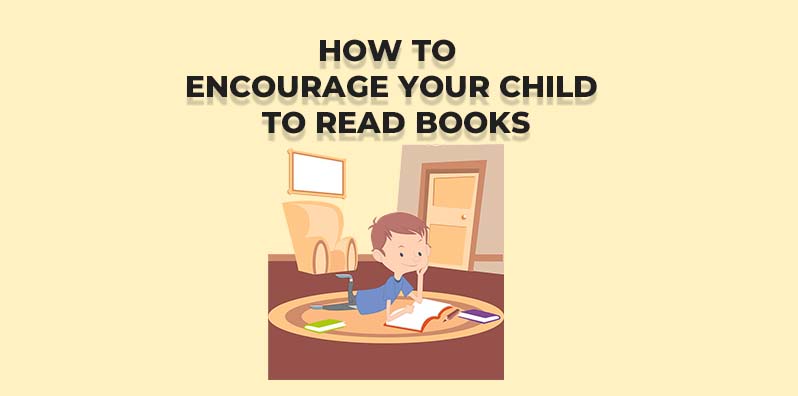
Reading books is a fantastic way to nurture a child’s imagination, expand their knowledge, and develop their language skills. But what can you do if your little one shows no interest in this activity?
“Our house is full of books, but my child doesn’t seem interested in them.”
“Whenever we sit down with a book, they flip through the pages without letting me read a single word.”
“Books? In our home, they’re just materials for building parking lots for cars or tunnels for trains.”
If you’ve tried everything and nothing seems to work, don’t worry. Here are some practical tips to help your child develop a love for reading.

Start with Picture Books
For younger children, books with bright, engaging illustrations and minimal text are ideal. Babies and toddlers, who have a shorter attention span, benefit from bold, high-contrast images paired with simple stories.
For older kids, graphic novels and comics can serve as a great introduction to reading. These formats combine visual storytelling with manageable amounts of text, making them appealing and less intimidating.
Choose Books That Match Their Interests and Abilities
Sometimes children lose interest in reading because the books offered to them are either too challenging or not engaging enough. Select books appropriate for your child’s age and reading level. Too-difficult books can frustrate them, while overly simple ones may bore them.

Pay attention to your child’s passions. Are they fascinated by dinosaurs, space, adventures, or animals? Choose books on those topics. If they’re into superheroes, sports, or fairy tales, look for related stories to capture their attention.
Make Reading Fun
Incorporate books into other activities to make reading an enjoyable experience. For example, after reading a story about dinosaurs, you could draw pictures together or act out scenes from the book. Organize “book nights” where everyone shares their favorite stories or takes turns reading aloud.
Create a Reading-Friendly Environment
Set aside a quiet time each day for reading, such as before bedtime. Create a cozy reading nook with a comfy chair, cushions, and good lighting. A welcoming space can make the experience more appealing.
Be a Role Model
Children often imitate their parents. If they see you reading regularly, they’re more likely to develop an interest in books. Read your favorite novels, magazines, or newspapers where your child can see you. A reading parent is the best advertisement for the joy of books!
Read Together
Reading aloud to your child can be a magical experience. Bring stories to life by using different voices for characters and adding dramatic pauses. Encourage older children to read aloud to you or their siblings. By engaging with the story enthusiastically, you can capture your child’s attention and make reading time something they look forward to.
Encourage Interaction
Ask your child questions about the story as you read. For example: “What do you think will happen next?” or “Why do you think the character did that?” This not only keeps them engaged but also helps develop critical thinking and comprehension skills.

Final Thoughts
Remember, every child is different, and what works for one may not work for another. The key is to be patient and persistent. By choosing the right books, making reading a fun and shared experience, and leading by example, you can help your child discover the joy of reading—one page at a time.

